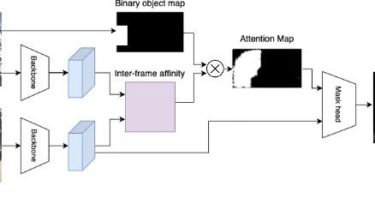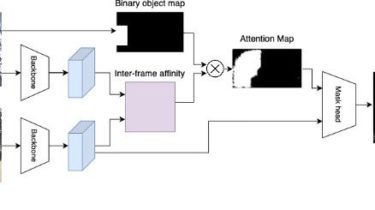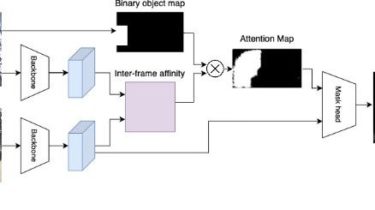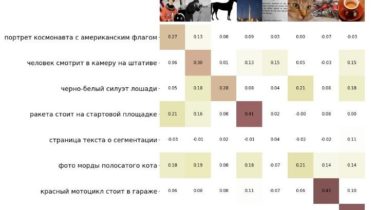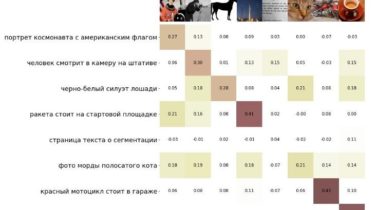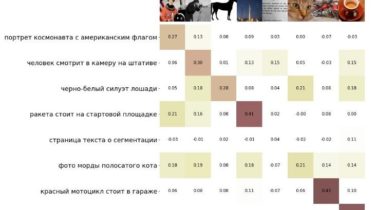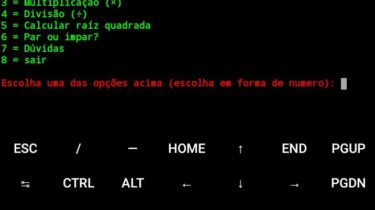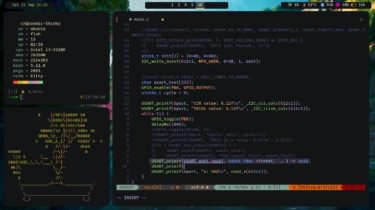Web-server with the parser, connection to DBMS, and machine learning
Web-server with parser, connection to DBMS and machine learning. Team: Aisha Bazylzhanova(SE-2004), Arysbay Dastan(SE-2004) Installation To install, you need to download webserver.py, database.py and templates from the repository and save them in the same folder. Also you need to install Firefox browser and install geckodriver. Usage In database.py file you need to provide your data app.config[‘SQLALCHEMY_DATABASE_URI’] = ‘postgresql://YourUsername:[email protected]/NameOfYourDatabase’ In webServer.py file you need to provide your data
Read more